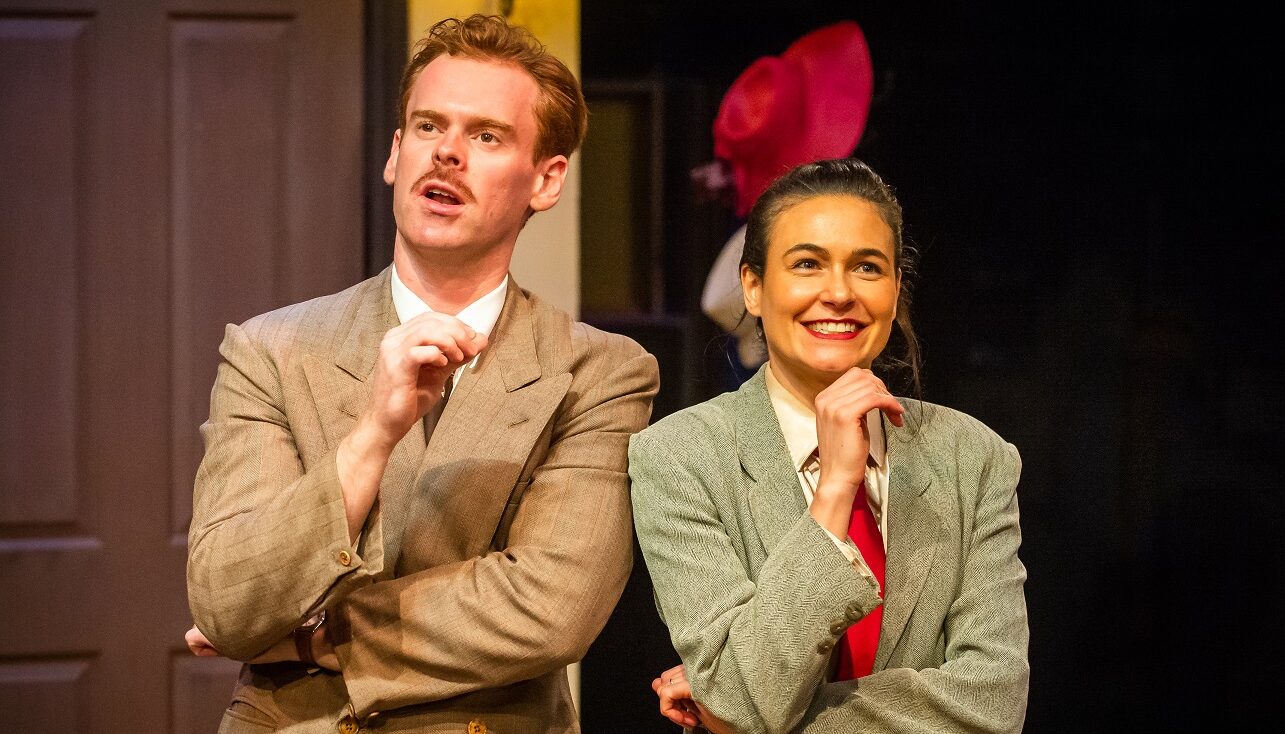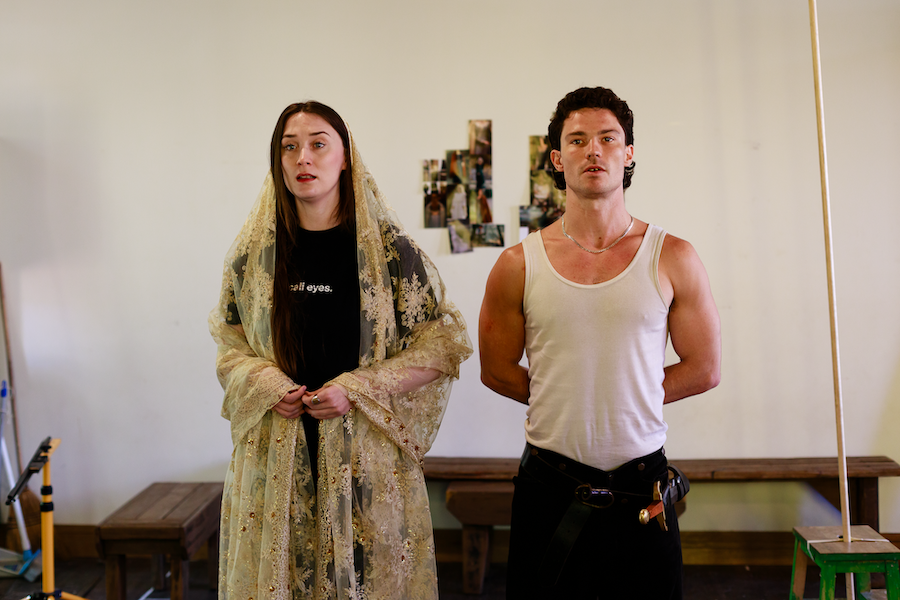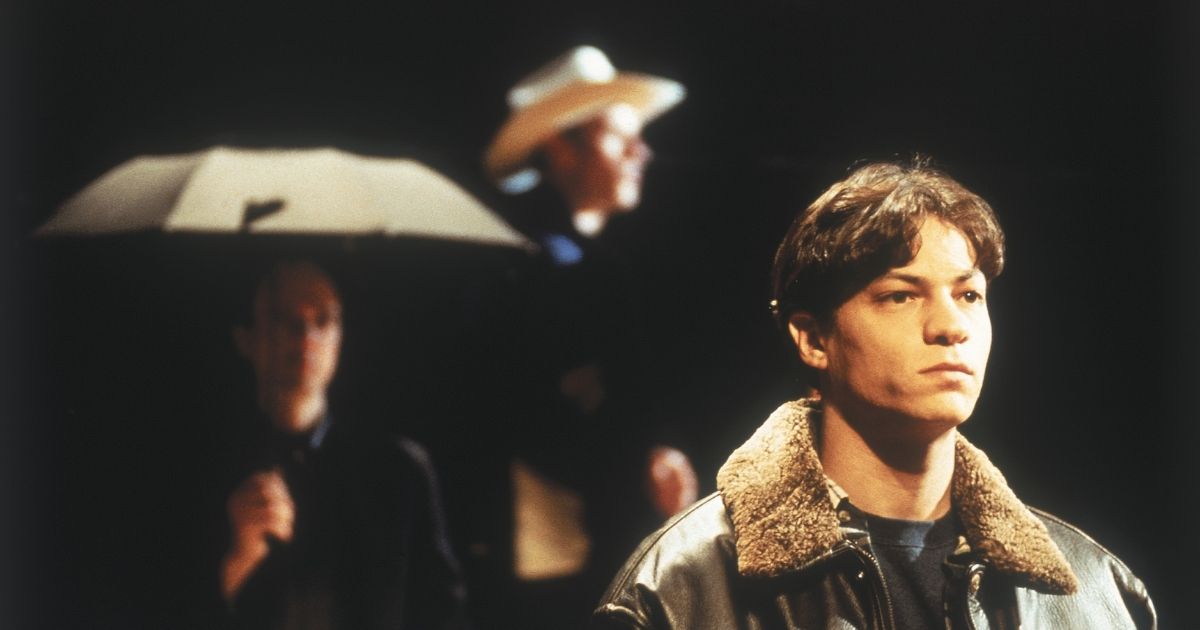
NAKED CITY: LET’S HEAR IT FOR MINIMALISM
As we prepare for an almost jingoistic onslaught of publicity surrounding the local release of Baz Lurhmann’s The Great Gatsby, it might be timely to reflect on our obsession with all things extravagant and flamboyant. Lurhmann’s latest opus is apparently doing good business at the US box office but has been given a lukewarm reception by most critics, with Variety describing it as “like the Macy’s Thanksgiving Day Parade as staged by Liberace.”
Perhaps it’s Baz’s love of the showbiz spectacular that is drawing punters in, and turning critics cold, but it does raise the whole question of our expectations for entertainment today. We have been conditioned to the big, the bold, the brassy and the blockbuster, be it a laser strewn rock concert at ANZ Stadium or a million dollar fireworks display on Sydney harbour. But is the biggest always the best and is it time to scale down our obsession with the grandiose to something almost approaching reality?
As a parallel to this possible no frills reduction we could well look to the global ‘Slow Movement’, a loose ideological collective that began as a reaction to fast food in Italy but has since spread worldwide. Their message is that life has just got too hectic, that we have become too obsessed with speed, and that we all need to apply the metabolic hand brake – whether it’s knocking back that pizza to spend a few hours in the kitchen preparing a healthy meal, slow walking instead of manic jogging and even as some have suggested ‘slow sex’, whereby foreplay is extended to at least two or three hours!
These days ‘minimalism’ is often perceived as a dirty word, a poverty row approach to something that is underfunded, often second rate and lacking that hideous modern day cliché known as the ‘wow factor’. That wasn’t always the case and back in the early 80s there was a distinct stylistic school reflected across the broad cultural landscape that embraced the simple and the unpretentious and eschewed the disco mirror ball extravagances of the 70s.
Movies such as Jim Jarmusch’s absurdist comedy Stranger Than Paradise quickly became cult items, Seattle’s grunge movement stripped music back to its raw basics and many artists and photographers adopted the ethos of “less is more”. Rather than being spoon fed with endless eye candy (forgive the mixed metaphor) we were asked to use our imagination, adding our own interpretation to at times an almost skeletal framework provided by artists and filmmakers.
When the internet hit, all that of course went whoosh out the window and the YouTube/Facebook generation enshrined the short attention span as the unchallenged tenet of gratification. Throw in violent video games, smart phones and iPads and technology soon became the modern day cultural Pol Pot with reality made secondary to the latest in computer generated imagery.
All a bit depressing if you hanker for the nostalgia of movies like The Last Picture Show and the films of Aki Kaurismaki. Minimalism might be dead in 2013 but it is not entirely buried. Let’s hope, as we eventually tire of endless CGI and iTunes downloads, that the minimalists rise from the grave like a posse of George A Romero’s zombies, reasserting that black and white is beautiful and that high-tech 3D glasses are only for the culturally myopic.
As for Baz Lurhmann, maybe he needs to try his hand at an ultra low b&w movie, devoid of 3D glasses, million dollar vintage cars, those massive Australian Government subsidies and with a cast and crew that can all fit into a mini bus. He may well surprise himself with the result!









